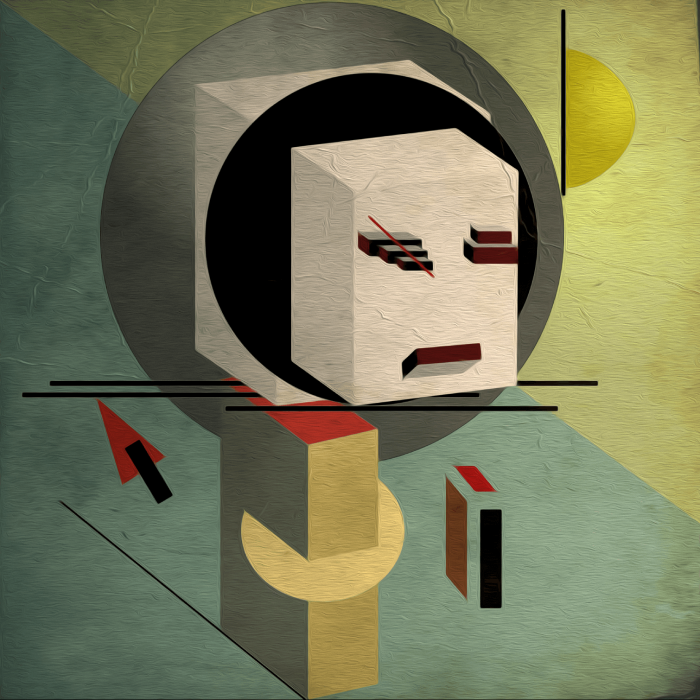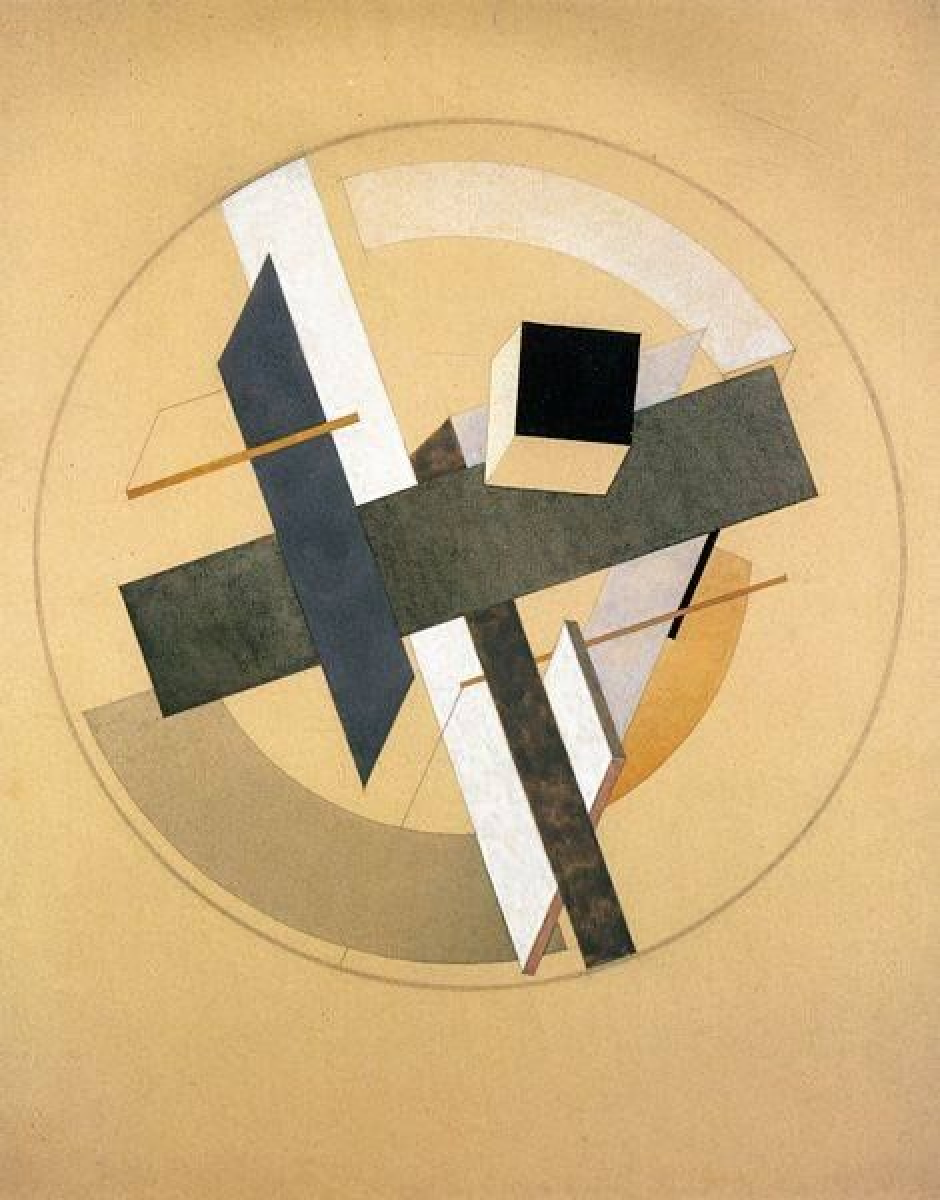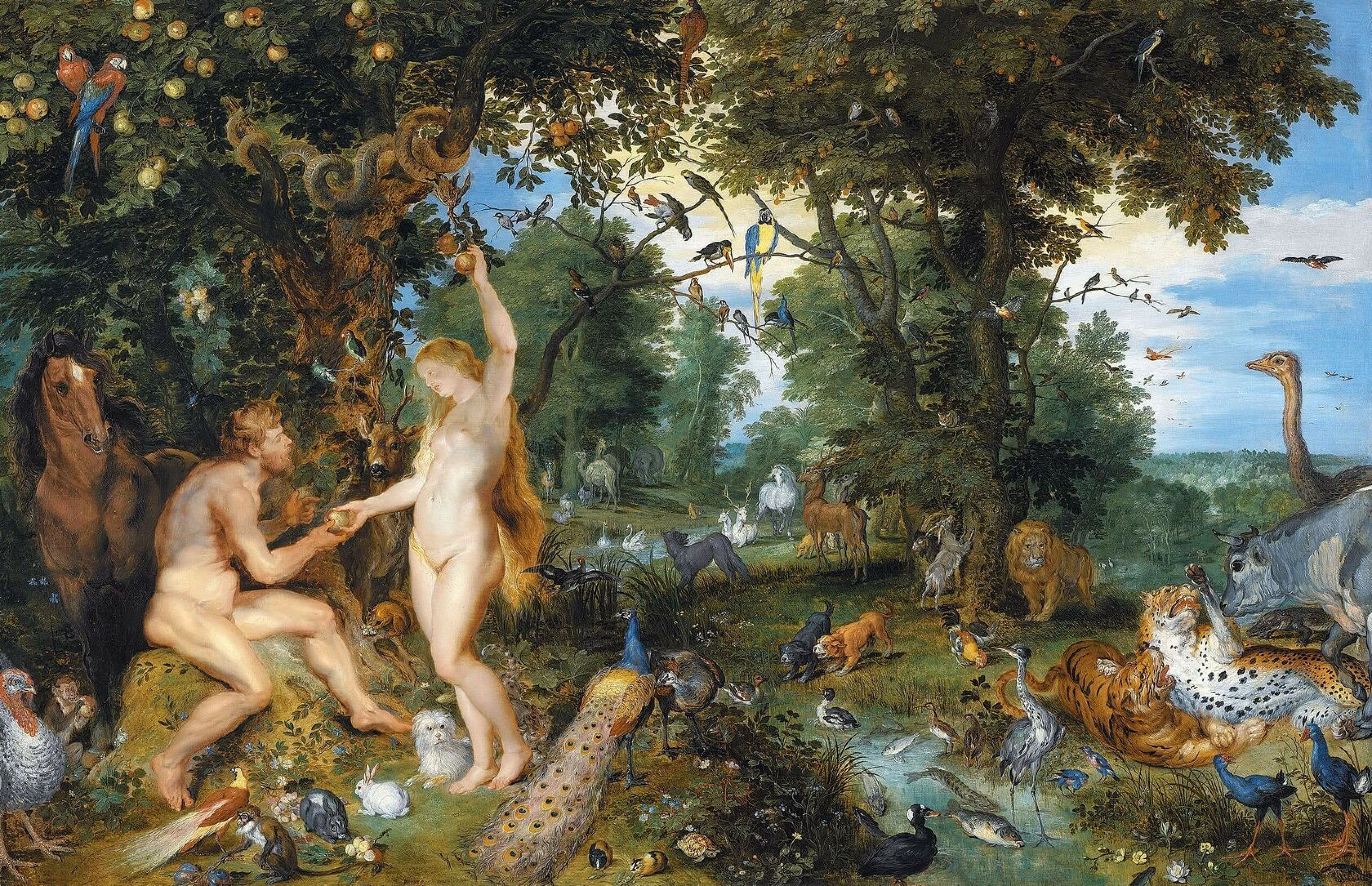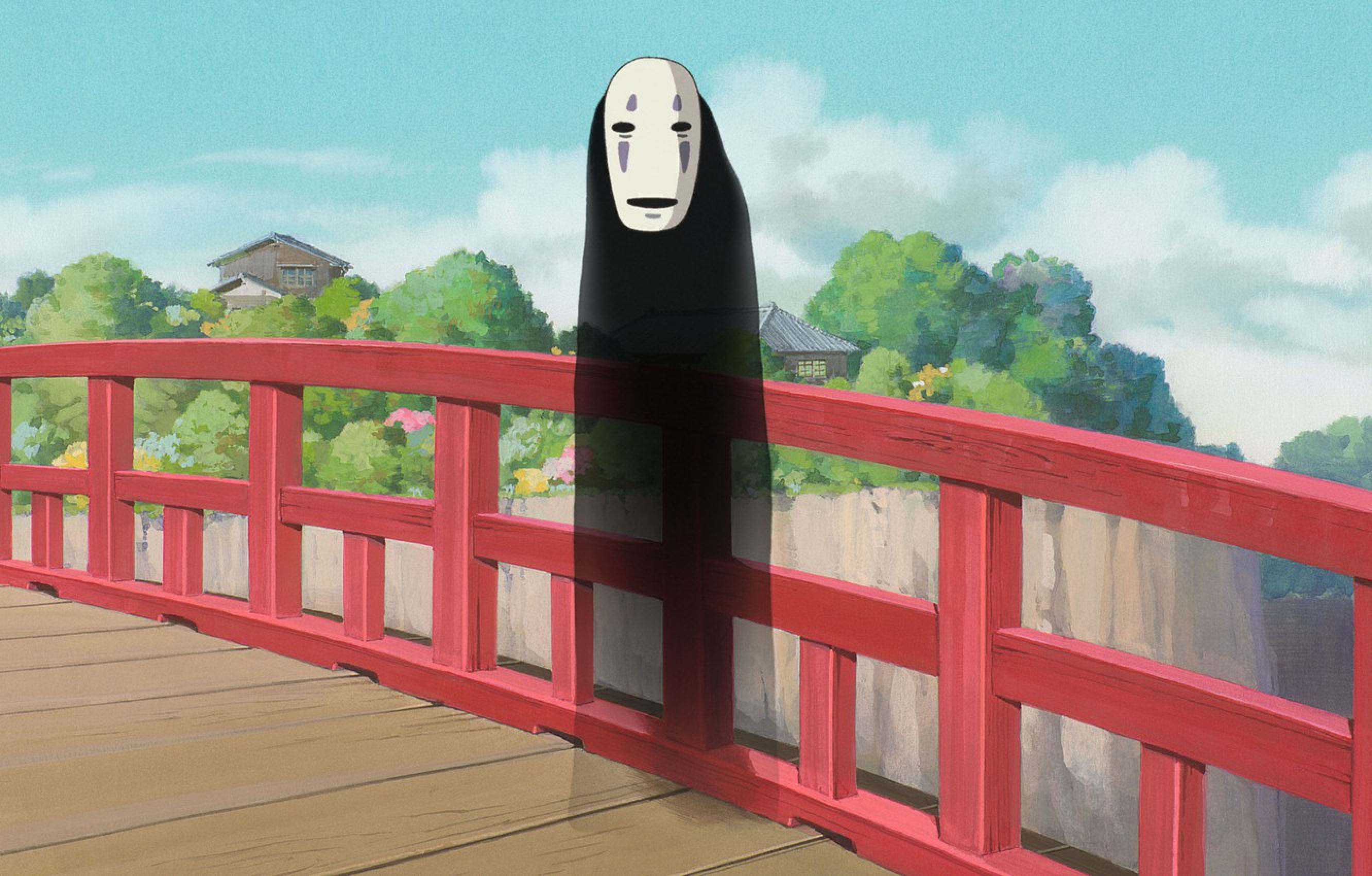SupremePunk #046

The Tree of Life
This Punk is inspired by CryptoPunk #627 and artworks of Lisitsky. SupremePunk #046 is based on the idea of the translation of suprematism into three-dimensional forms: three-dimensional constructions were to lay the foundations of the architectural concept of the future. The impulse for the birth of this idea was the assignment given to Lisitsky by K.Malevich in Vitebsk. This is how the new style invented by El Lisitsky "Proun" was born. SupremePunk #046 - our attempt to depict the architectural utopia that Lisitsky was striving for in his concept of the future architecture. Our understanding of futuristic architecture would be based on the union of man and nature, so we chose a tree as the basis - a tree from Garden of Eden (garden in Paradise).

El Lisitsky — Proun A-2, 1920
Proun (Project of the New Approval) is a neologism invented by L.M. Lisitsky to refer to the new artistic system he invented, which combined the idea of the geometric plane with the laws of the construction of the three-dimensional form. At the end of 1919 and beginning of 1920 Lisitsky experimented with a spatial interpretation of Suprematism. By combining geometric planes with three-dimensional objects, Lisitsky constructed ideal dynamic structures, floating in space, having neither top nor bottom. The basis of the artistic concept of the "Prouns" was the integration of the techniques of architectural thinking into the plastic principles of geometric abstraction. It extended the boundaries of both: the simplicity of the picture plane allowed the embodiment of any degree of boldness of architectural utopia, while the engineering practicality of construction gave "proun" the status of a futurological project.

Jan Brueghel the Elder and Pieter Paul Rubens — The Garden of Eden with the Fall of Man, 1615
The image of SupremePunk #046 as futuristic architecture with a tree structure expresses the idea of reconnecting man with nature. A tree is the ultimate natural symbol of dynamic growth, seasonal dying and regeneration. In various cultures, many trees have been regarded as sacred or magical.
As mythology developed, the idea of a powerful tree, which forms the central axis of the flow of divine energy linking the supernatural and natural worlds, became a symbolic image of the Tree of life. The Tree of Life has often become a metaphor for the creation of the world. The inspiration for the image of the tree as the foundation for the building was the Bible story about the garden of Eden, where "the Tree of the knowledge of good and evil" and "Tree of life" grow. These trees were the beginning of man's life - and life will continue in the future with them. With the help of the tree humanity rises from a lower level of development to spiritual enlightenment, salvation or liberation from the circle of existence. By its very form, the tree is a symbol of development

No-face - a character from the Spirited away by Hayao Miyazaki
In the process of creating SupremePunk #046 the author's memories from his childhood came back to him. A big influence was the cartoon "Spirited away". This movie is filled with Supernaturalism and spiritualism where the central location of the film is a Japanese bathhouse. The ideas of centralising the object as a tree in this SupremePunk or Japanese bathroom in the cartoon are similar, so the face of SupremePunk reflects the author's favourite character - "No-face" (Kaonashi).
Such multiple characters make "Spirited away" stand out from the typical children's cartoon, where the division into 'good' and 'evil' is clearly marked. A particularly striking example of character change in this anime is No-face, who adopts and mirrors the traits of those he talks to. The spirit of Kaonasi wears a black robe, and instead of a face, wears a white mask similar to a theatre mask. The facial features on the mask change depending on his mood.
Kaonashi is a roaming god, travelling in search of his destiny in the world. He does not know who he is, where he came from or where his home is. This character is desperate to find his face, his comfortable place, his friends. No-face is lonely, which may be why he cannot speak, for he has no one to talk to.

Buy

Gallery:
CryptoPunk #627 that has been taken as a base

Your transaction is in progress

You have connected to the wrong network

Transaction is successful!


